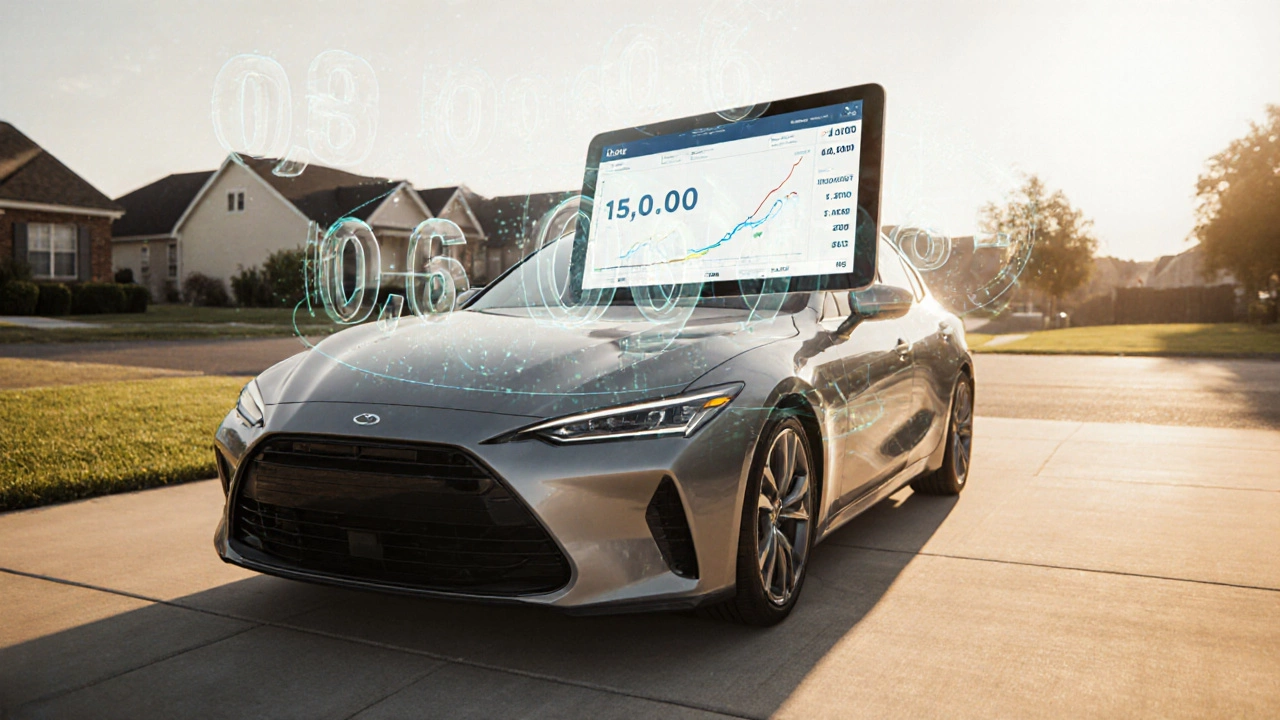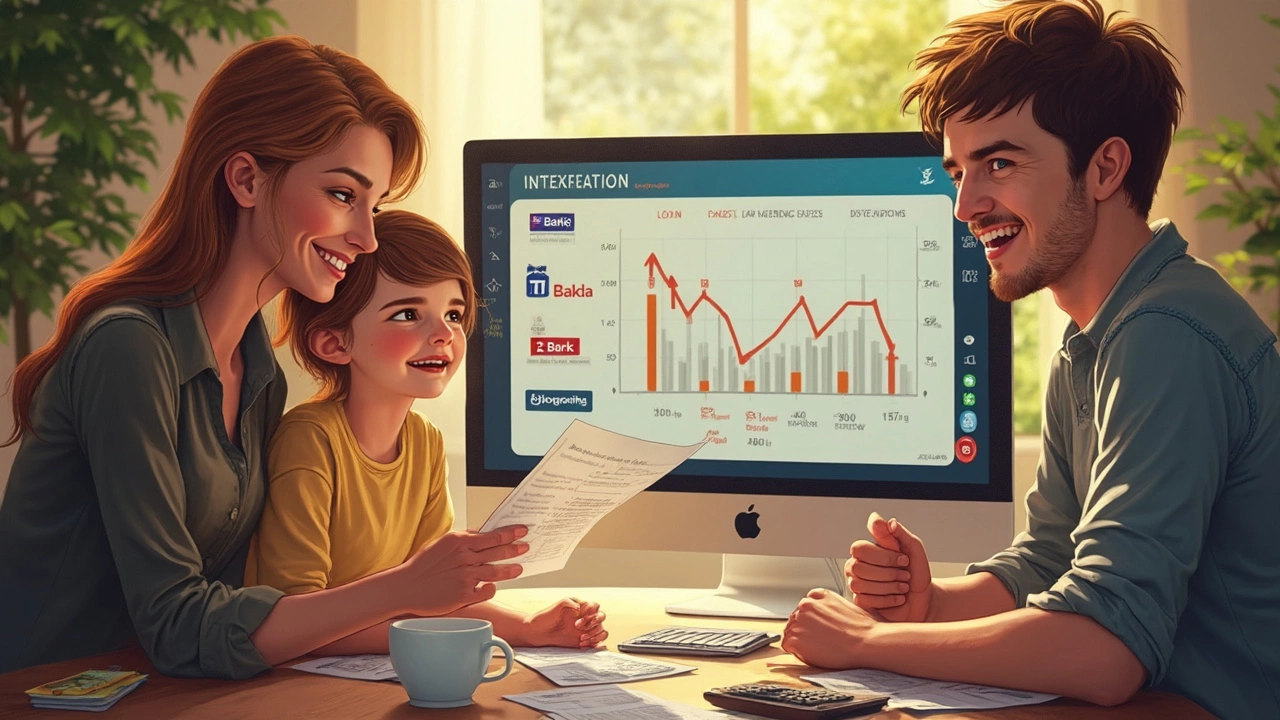Interest Rate Insights: What You Need to Know
Ever wonder why your mortgage feels heavier one month and lighter the next? The culprit is the interest rate – the invisible driver behind most of your biggest financial moves. Whether you’re eyeing a personal loan, checking your credit‑card cost, or just curious about how much $1,000 can earn in a savings account, understanding rates saves you cash and headaches.
Interest rates aren’t set in stone; they swing with the economy, central‑bank decisions, and even your own credit score. That means the same loan could cost you more or less depending on when you apply and how you present yourself to lenders. Below we break down the most common places rates show up and give you practical steps to keep them in your favor.
How Interest Rates Affect Everyday Loans
Take a typical $5,000 personal loan. At a 7% annual rate, you’ll pay roughly $150 a month over three years. Push the rate up to 12% and that monthly bill jumps to $166 – a $16 difference that adds up to $576 extra over the loan’s life. The same principle applies to mortgages: a 0.25% rise on a £200,000 mortgage can add £40 to your monthly payment.
Student loans, home‑equity loans, and even car finance follow the same pattern. Higher rates mean higher monthly payments, which can squeeze your budget and lower your borrowing power. On the flip side, the rates you earn on savings or fixed‑term deposits work the other way – the higher the rate, the more interest you collect on your balance.
Tips to Keep Your Rates Low
First, protect your credit score. Lenders use it as a quick gauge of risk; a better score often translates to a lower rate. Pay bills on time, reduce outstanding balances, and avoid opening too many new accounts in a short period.
Second, shop around. A 0.5% difference between two lenders can save you hundreds over a loan term. Use online calculators – plug in the loan amount, term, and rate to see the real cost before you sign.
Third, consider the loan’s timing. Interest rates tend to rise after major economic announcements. If you spot a dip, locking in a rate early can lock in savings.
Finally, think about paying a larger down payment. For mortgages and auto loans, a bigger upfront payment reduces the loan amount, which often secures a better rate and lowers the total interest you’ll pay.
Knowing how interest rates work and taking a few smart steps can make a big difference in your financial picture. Keep an eye on rates, stay credit‑smart, and you’ll pay less and save more.

Learn how to calculate the exact monthly payment for a $15,000 car loan, explore how interest rates, loan terms, and down‑payments affect the cost, and get tips to lower your payment.
Read More
Find out exactly how much a $50,000 personal loan will cost each month, see calculators, compare terms, and learn tips to keep payments affordable.
Read More
Finding the cheapest auto loan interest rate can save you a bundle over the life of your loan. This article guides you through different interest rates available, helping you understand what influences these rates and how to secure the best deal. With valuable tips and practical insights, you'll navigate the world of car finance with ease and confidence. From improving your credit score to timing your purchase right, these strategies will ensure you're getting the most bang for your buck.
Read More
Ever wondered how much money you could earn from a $5000 Certificate of Deposit (CD)? This article breaks down the potential returns you can expect from investing in a CD and factors that might influence your earnings. By understanding interest rates, terms, and different CD options, you can make informed decisions to maximize your savings. Discover practical tips and factors to consider before locking in your funds.
Read More
This article delves into the nitty-gritty of calculating monthly payments for a $50,000 home equity loan. You'll get insights on interest rates, repayment terms, and practical tips to manage your loan effectively. Understanding these components can help you make informed financial decisions. Plus, find out how other factors like credit score can impact your payment plan.
Read More